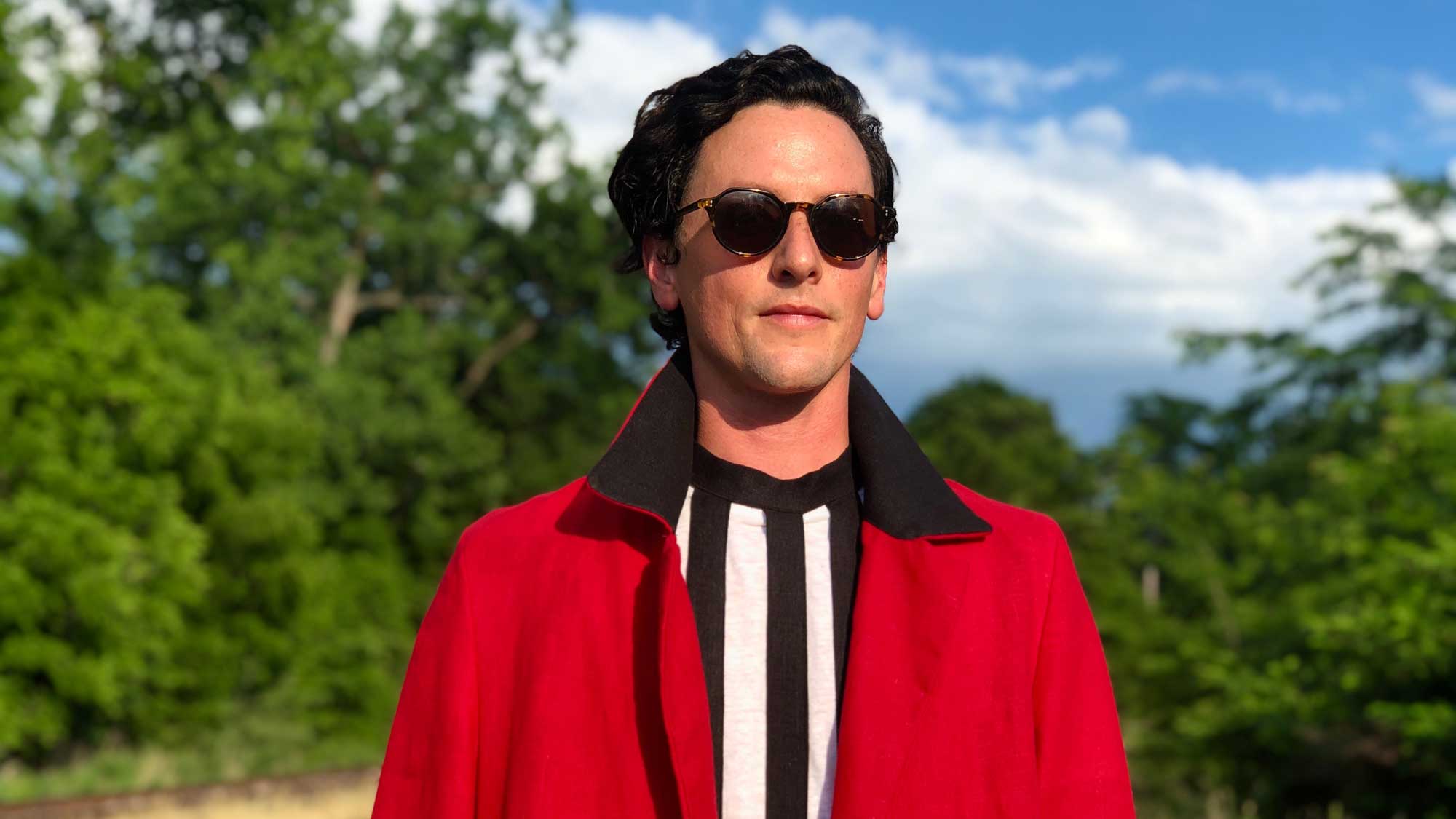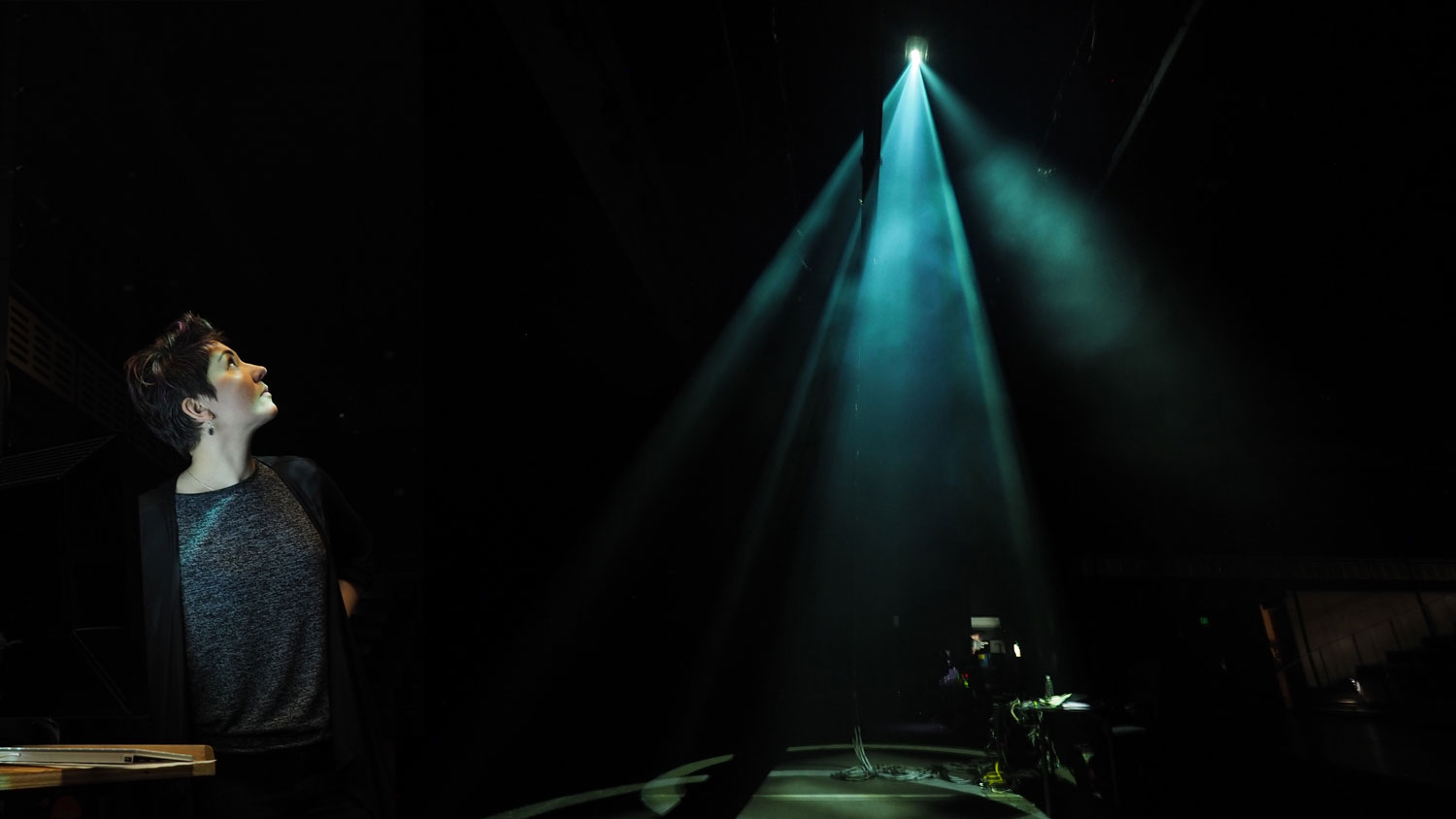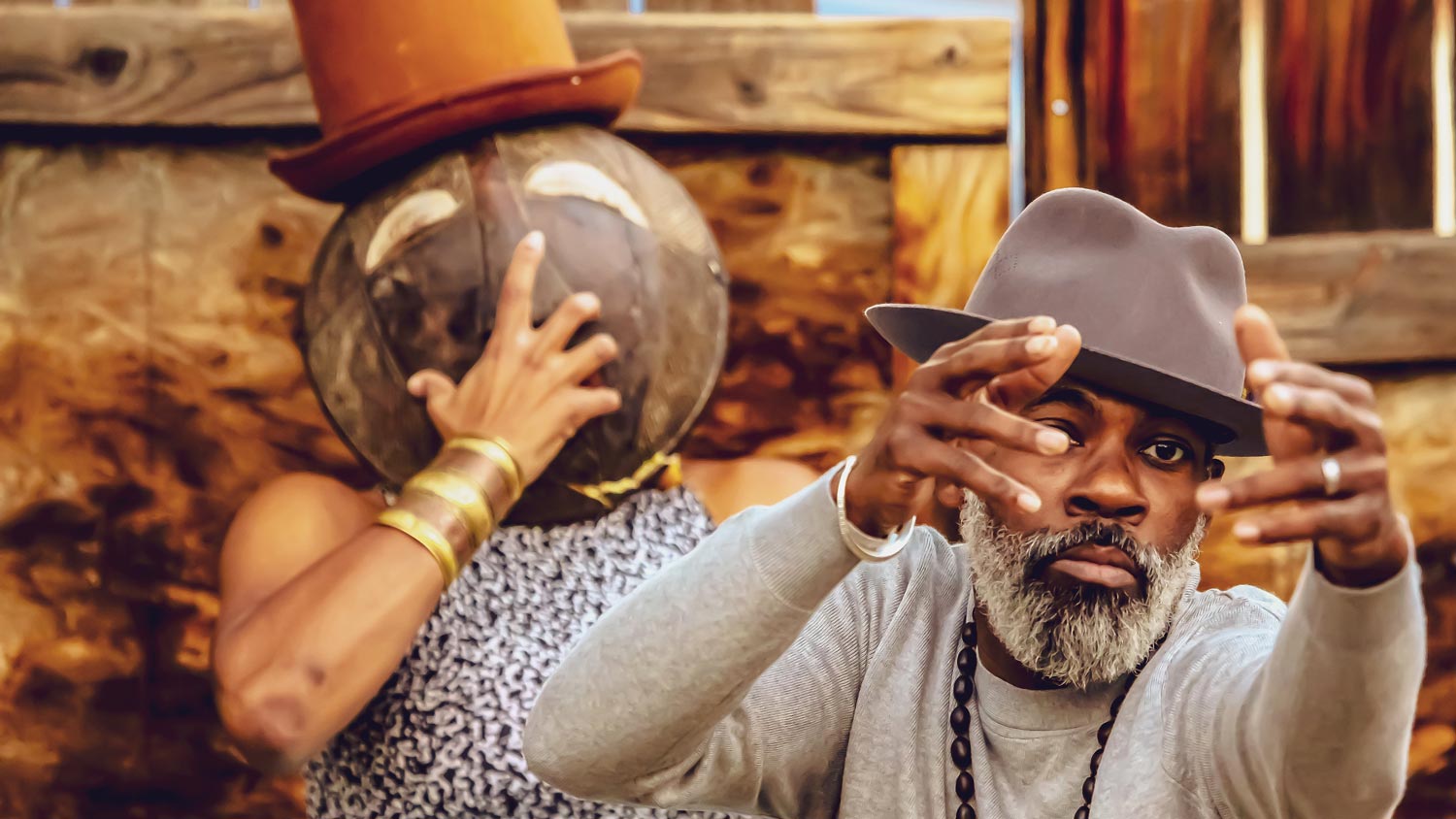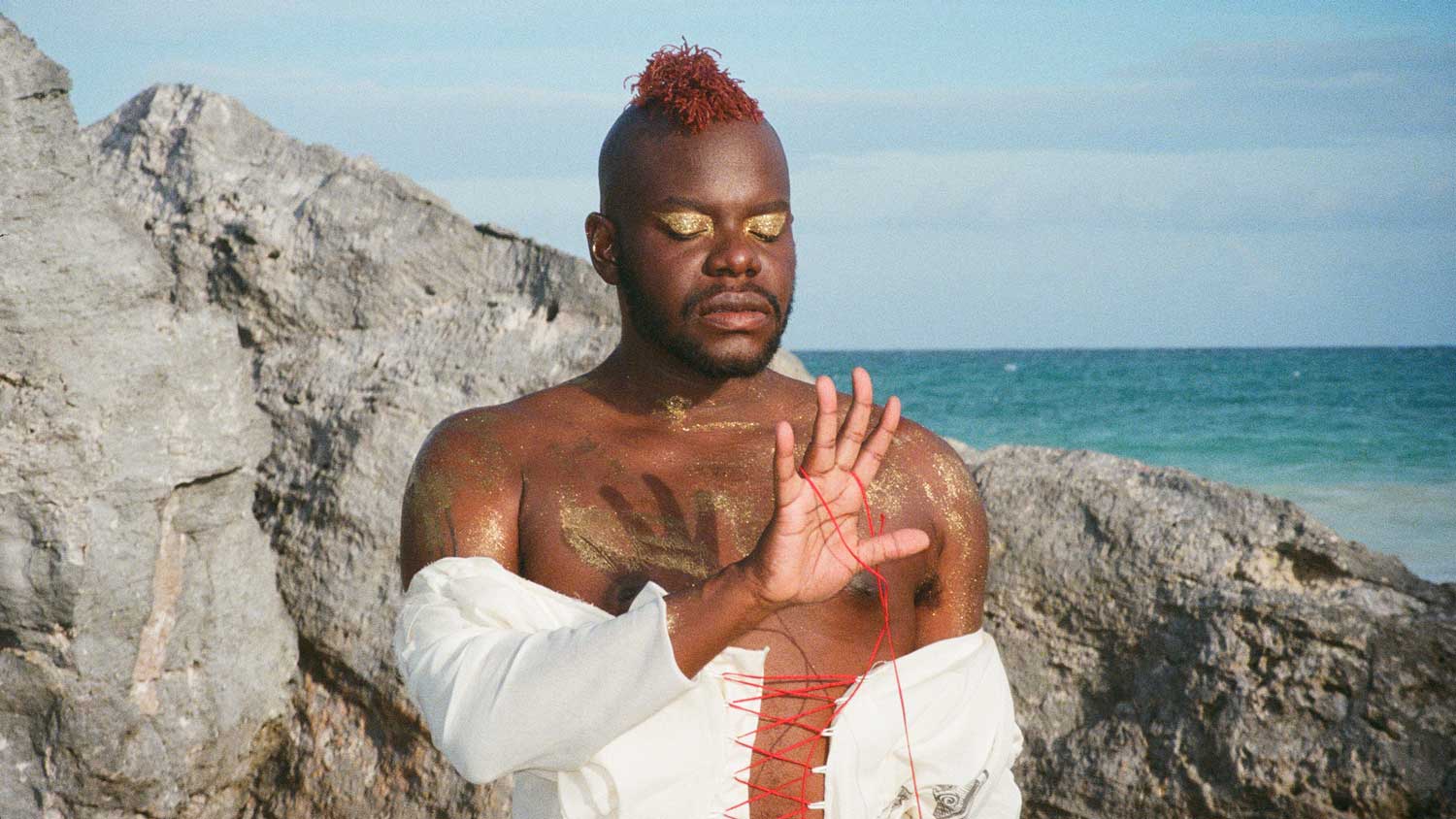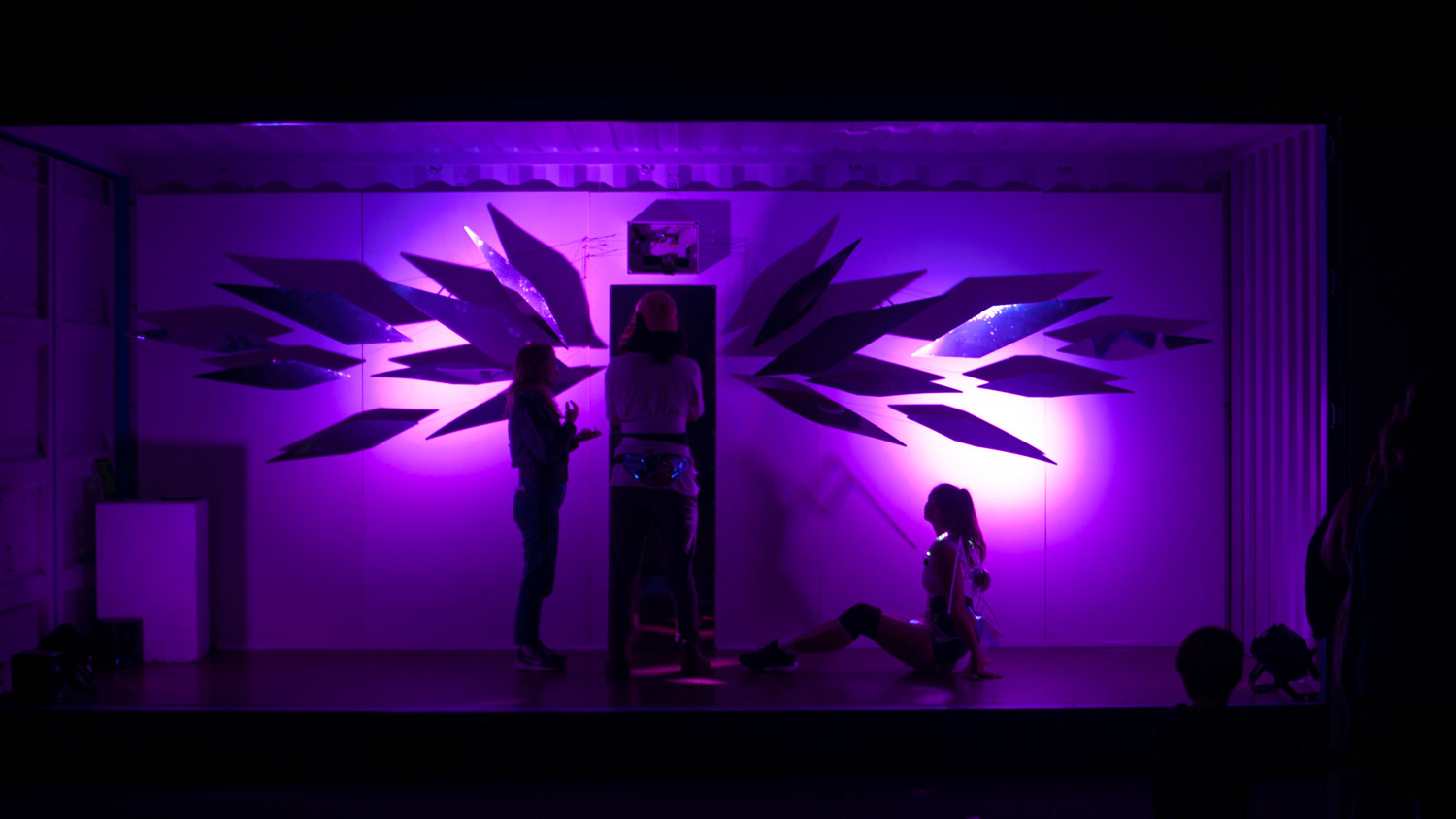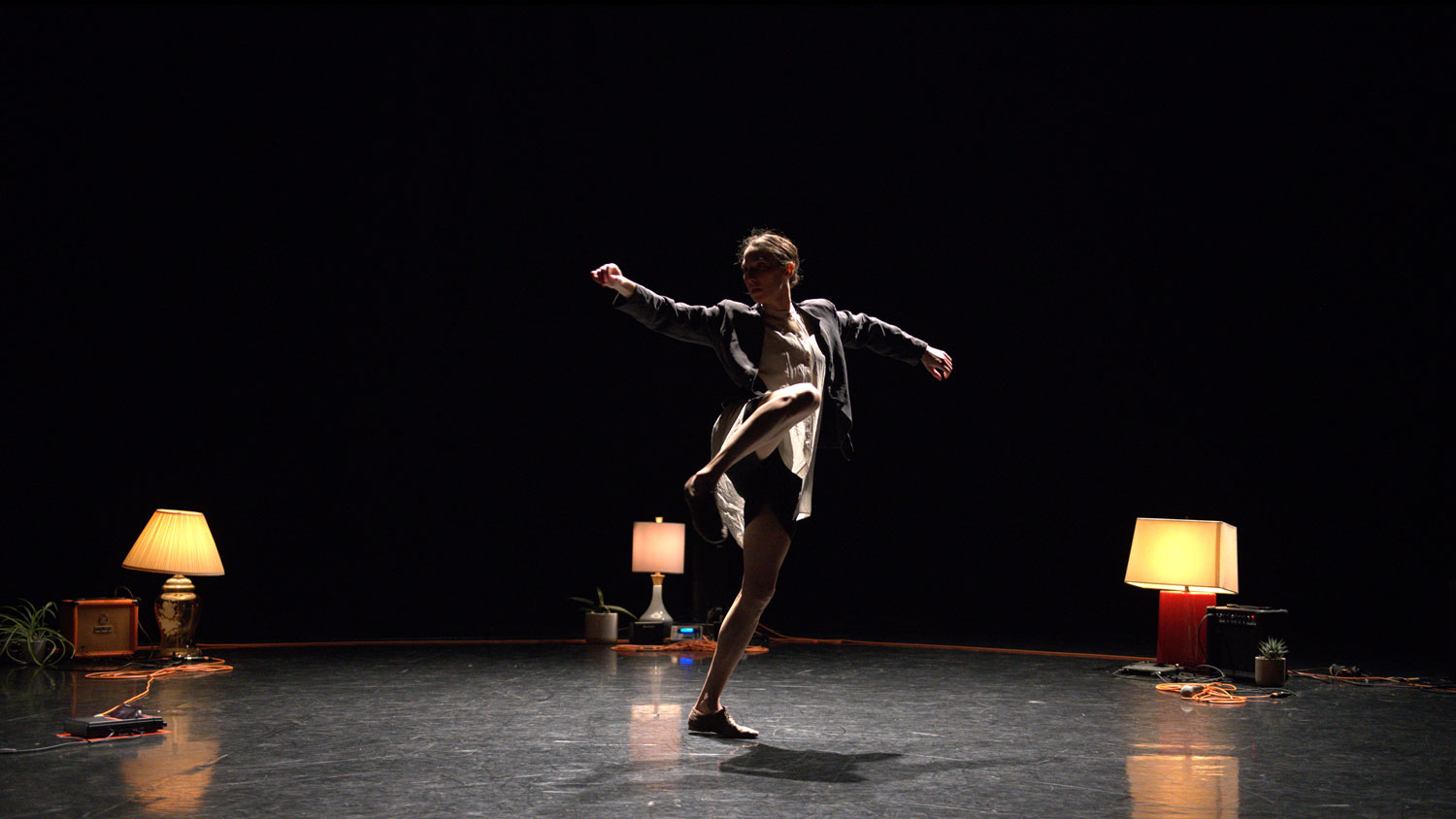Black Body Amnesia is a performance project by author, performance artist, educator, and curator Jaamil Olawale Kosoko. The project accompanies Kosoko’s forthcoming Black Body Amnesia: Poems and Other Speech Acts (Wendy Subway, 2022), which blends poetry, memoir, conversation, and performance theory to enliven a personal archive of visual and verbal offerings. Inspired by Audre Lorde’s concept of biomythography, Kosoko’s archive refracts the shapeshifting, illegible, and fugitive realities of Black diasporan people within the American context to tell a complex narrative rooted within a queer, Black, self-defined, and feminist imagination.
Now, Kosoko brings their work to the stage for a live performance melding vocalization, music, spoken word, movement, moving-image, sculpture, and fabric. Black Body Amnesia is performed by Kosoko with an alternating cast of musicians, DJ’s, and vocalists including Raymond Pinto, DJ Maij, and sound designer/composer Everett Saunders. For the work, Kosoko uses complexity theory—which they define as the study of adaptive survivalist strategies inside complex networks or environments—as a choreographic device. From this artistic vantage point, the artist explores how minoritarianized communities record and affirm their existence through collaborative actions and protests, and how they then archive these personal freedom narratives to subvert culturally charged fields of systemic oppression, loss, and erasure.
The performance of Black Body Amnesia follows Kosoko’s remote day long April 22, 2020 EMPAC presentation titled Chameleon (The Living Installments), which repurposed the online social platform Discord as an interactive venue where the artist hosted audio streaming of original sound, footage from a new moving-image work, a multi-media zine, remote conversations, a somatic workshop, and an archive of images, videos, and links. Many of the theories and documents from this event will find themselves in Black Body Amnesia, now staged in person for deeper theatrical exploration.
Kosoko and their team will be in-residence at EMPAC to develop and rehearse Black Body Amnesia in advance of their performance. This residency will support lighting design and set design, and will include a film shoot. The performance of the work will be open to Rensselaer faculty, staff, and students, and will be staged for a dynamic film shoot that will be streamed at a later date.
Main Image: Jaamil Olawale Kosoko. Photo: Nile Harris.

